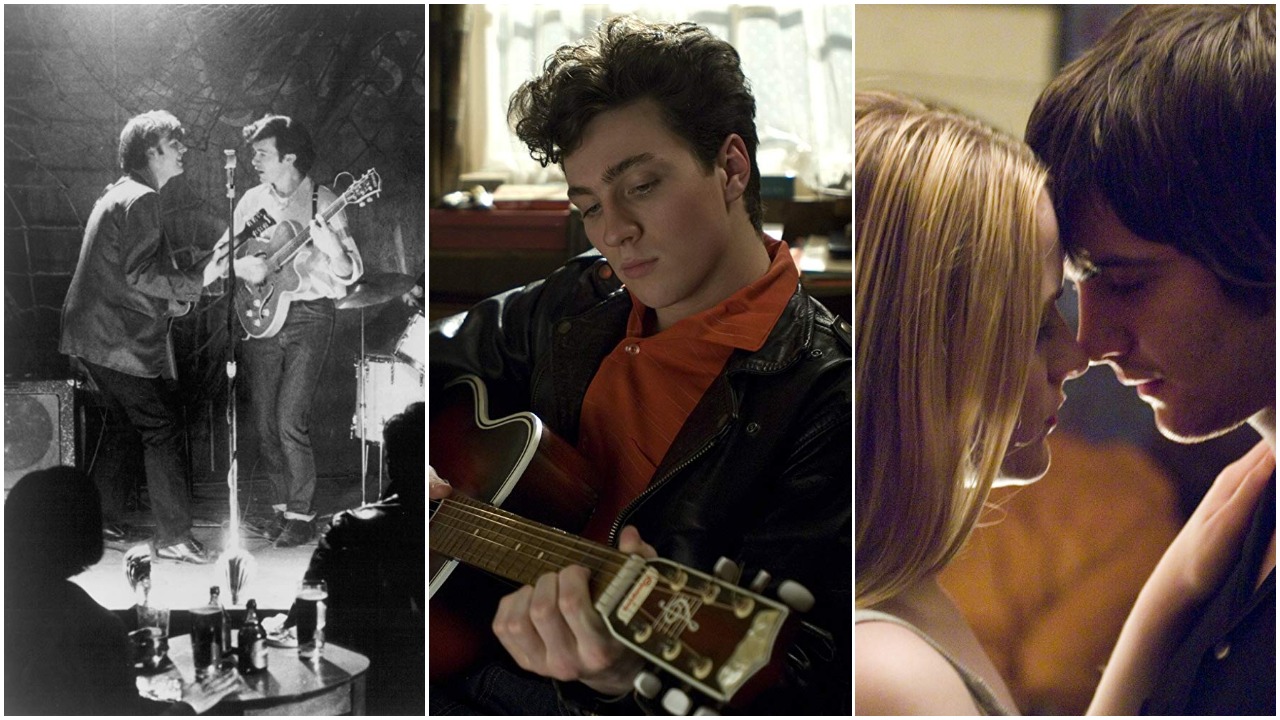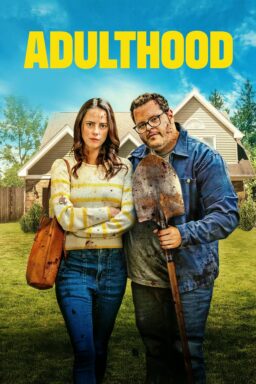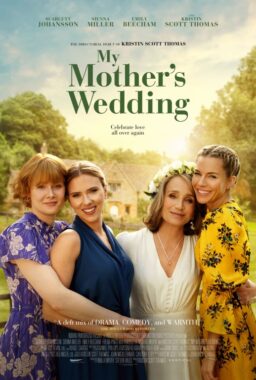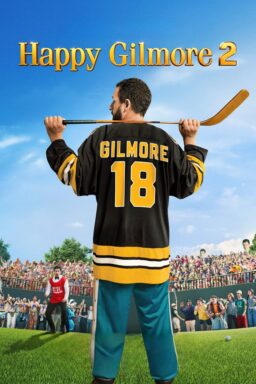This piece was published on June 27, 2019 and is being republished for Women Writers Week.
“Yesterday,” the Danny Boyle film written by Richard Curtis opening this week, imagines that a catastrophic event has wiped clean from the collective consciousness any memory of The Beatles—except for the memory of one man. It is a killer premise, rich with possibility. Alas, it presupposes a world without Beatles movies, a prospect as unimaginable as that without The Fab Four’s music.
In our reality, there are the early Beatles movies, slapstick with song like “A Hard Day’s Night” (Richard Lester, 1964) and “Help!” (Lester, 1965). There are Beatles concert movies, performance pieces with a soupçon of backstage drama, like “Let It Be” (Michael Lindsay-Hogg, 1970) and “Eight Days a Week” (Ron Howard, 2016). There are bios of individual Beatles like Martin Scorsese’s “Living in a Material World” (2011), a posthumous tribute to George Harrison, and Andrew Solt’s “Imagine” (1988), a posthumous tribute to John Lennon, focused on the 1971 release of his album of the same title.
And then (cue Ringo drumroll) there are Beatles-mystique movies, my favorite genre, speculative biographies with needle drops. Consider “Nowhere Boy” (Sam Taylor-Johnson, 2009) centering on John’s pre-Beatle years with brief appearances by Paul and George; “Backbeat” (Iain Softley, 1994), with the “boys” in Hamburg, when Stu Sutcliffe was drummer; “The Hours and Times” (Christopher Munch, 1991), with John and manager Brian Epstein on a Barcelona holiday; and “The Two of Us” (Lindsay-Hogg, 2000), with post-Beatles John and Paul hanging at The Dakota in 1976. I wouldn’t want to live in a world without these character studies.

While it doesn’t fit into the category of speculative biography, I’d also very much miss “Across the Universe” (Julie Taymor, 2007), which uses the Beatles songbook to tell the story of the 1960s cultural upheaval and the rise of the counterculture sparked, in part, by tracks like “Come Together,” “Revolution” and “All You Need is Love.” In the foreground is a love story between Jude, a boy from Liverpool, and Lucy, a girl from Brookline. (Upon its release, few critics liked this jukebox musical that Roger and I had on our Top-10 lists.) It grounds the Beatles music in a powerful narrative, one lacking in recent jukebox musicals like “Bohemian Rhapsody“ and “Rocketman.”
Next to these speculative biographies, the antic comedies, concert movies, and docs feel like extended-play music videos. Which isn’t to say that they’re bad. I would say that they lack the emotional valence that the speculative bios possess.
When I think about The Beatles I imagine a mash-up of many films. For an enhanced understanding of their origin, evolution, breakup and afterlife, watch these chronologically. Together they constitute “The Beatles Film Festival,” an epic event of camaraderie, jealousy, bad behavior and great music.

Start with “Nowhere Boy,” the first feature from photographer Taylor-Johnson, an art-school meteor and conceptual artist, a background she shares with John Lennon and Yoko Ono.
To paraphrase E.M. Forster’s distinction between story and plot, the comedies, concert movies and docs are stories connecting the dots in the lives of the Beatles. For example: “John likes Elvis and forms a skiffle band” is a story. However, “John meets his biological mother, she introduces him to Elvis music and teaches him how to play the banjo, which inspires him to form a band” is plot. Such is a significant plot point in “Nowhere Boy,” where it inspires a beautifully-realized passage with Aaron Johnson as John, practicing on the instrument in transfigured time as everyone else in the household moves in fast forward.
While the film credits Matt Greenhalgh with the screenplay, reportedly his script was based on a book by Lennon’s half-sister, Julia Baird, about her older sibling coming of age in Liverpool. Taylor-Johnson frames John’s sarcasm and violent temper as the result of devastating losses. First is that of his beloved uncle, at whose funeral the teenager spies a mysterious redhead and realizes that she is Julia (Ann-Marie Duff), his long-lost mother. Because he resides with his Aunt Mimi (Kristin Scott Thomas), John doesn’t know Julia is alive or that she lives a few blocks away with her second family.
Caught in an emotional triangle between the demonstrative, inappropriate Julia and the undemonstrative, wronged Mimi, John finds rock and roll—or it finds him—and gives him an expressive outlet. He meets the empathetic Paul, who introduces him to baby-faced George and they become The Quarrymen, mining their own sound. At movie’s end, John kisses Mimi goodbye before flying off to Hamburg with the band.
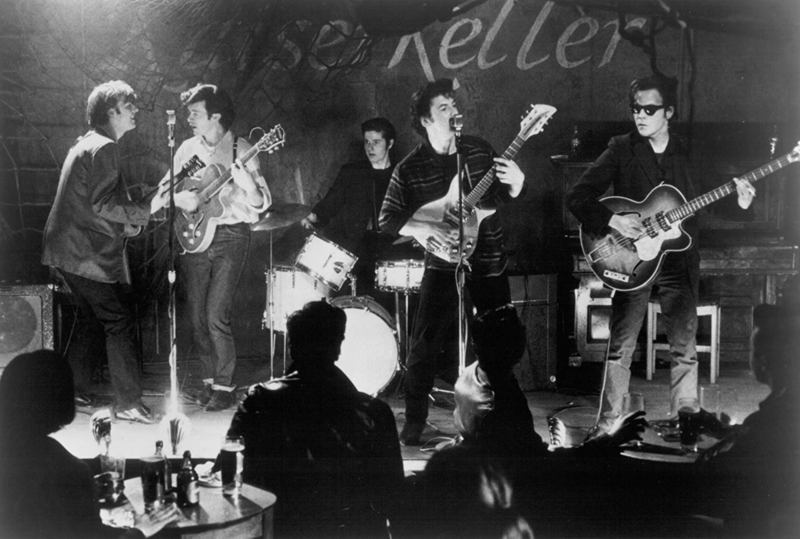
The Beatles’ tenure in Hamburg is the setting of “Backbeat,” set in the port city’s cavern nightspots circa 1960 and 1961. Iain Softley’s movie centers on the relationship between John (Ian Hart) and his art-school pal, Stu Sutcliffe (Stephen Dorff), drafted by John to play bass, not very well, when the band was a quintet with Pete Best on drums. (The music, from the period when The Beatles covered American blues artists, rollicks and rocks.) The intimacy of the art-school buds irks Paul (Gary Bakewell), who suspects John has a man crush on the insolent, swaggering Sutcliffe. (Why else would John want a rank amateur in the band and threaten to quit if Stu left?)
Enter Astrid Kirchherr (Sheryl Lee), a stunning art student and charismatic photographer with whom all the Beatles are taken. Much to John’s disappointment, she only has eyes for Stu. And to Stu she administers the Dutch-boy haircut later known as the Beatle Bob, and provides him a collarless jacket that the Fab Four would soon make famous. According to “Backbeat,” it didn’t matter that Stu was a lousy musician. Via Astrid, Stu gave the group its style and sex appeal. As did Astrid’s evocative photographs of the lean and hungry teenagers.

Before Ian Hart was John Lennon in “Backbeat,” he was Lennon in “The Hours and Times,” set in April 1963. Christopher Munch imagines what may have happened in Barcelona where John and Beatles manager Brian Epstein spent a long weekend ostensibly looking at Gaudi architecture. Epstein, a onetime record-store owner in Liverpool, was gay and pined for John. The musician, recently wed to Cynthia Powell, was a new Dad attracted to Epstein’s intelligence and social polish.
As intimated by “Backbeat,” Lennon’s sexual appetites were mutable, but not as mutable as Epstein would like. The two men test the depth and limits of friendship in Munch’s remarkable one-hour film portrait set just before the first symptoms of the Beatle craze were diagnosed.
“A Hard Day’s Night” is irresistible. But it is staged. To witness Beatlemania at peak contagion, unmediated, there is no finer snapshot than Ron Howard’s “The Beatles: Eight Days a Week – The Touring Years.” Howard stays around for full songs—not just needle drops—and the group’s brotherly love and humor is tonic.

“Across the Universe,” set mostly in New York between 1964 to 1968, distills an era where the band’s music was the audio oxygen as well as its wallpaper. Taymor’s movie captures the exuberance of the upbeat songs like “A Little Help From My Friends,” and “I Just Saw a Face,” the longing of “Girl” and “If I Fell,” the icy horror of Vietnam in “I Want You” (set at an army recruiting center) and “Happiness is a Warm Gun.” This 1960s time capsule is the movie that really gets the pervasiveness of the Beatles in everyday life and the breadth of their songbook.
There’s a pall over “Let it Be,” Michael Lindsay-Hogg’s fly-on the wall account of the recording sessions for the band’s penultimate album, leading to their final concert, an impromptu rooftop event. Brian Epstein had died, of drug overdose, in 1967. Shooting began in early 1969 when the band is becalmed and rudderless. The movie that began in the spirit of grief for Epstein’s loss morphs into a requiem mass for the group’s disbanding. Tempers flare between Paul and George. Yoko Ono, John’s new bride, is at his side, an interloper. Heather, daughter of Paul’s wife, Linda Eastman, disrupts recording sessions. The end is near. And painful.
Happily, the cinematic presence of The Beatles did not end there. In 2000, Lindsay-Hogg made “The Two of Us,” a vignette about Paul’s 1976 visit to John at his New York apartment. Coincidentally, this real-life reunion reimagined by Lindsay-Hogg occurred on the same night that Lorne Michaels of “Saturday Night Live” offers the Fab Four a bounty if the Beatles would reunite on his show.
Though the band’s reunion did not happen, John (Jared Harris) and Paul (Aidan Quinn) do consider going to Rockefeller Center for an impromptu. Instead, they talk about friendship and loss. It’s a lighthearted dramatization that gives “The Beatles Film Festival” a well-earned happy ending.
